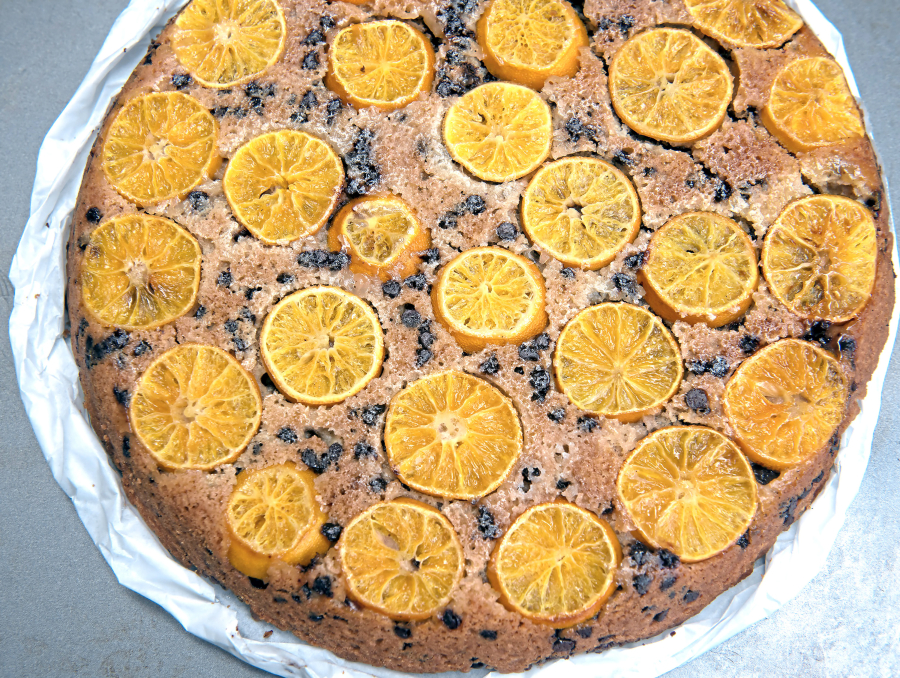Anne Byrn’s black Griswold has been a workhorse in her kitchen. She has fried bacon, cooked pancakes, seared salmon and baked Southern-style cornbread in the 12-inch cast-iron skillet umpteen times.
It was not until her 14th cookbook that the New York Times-bestselling author turned to skillets. She particularly wanted to feature recipes that are not often associated with cast-iron cookware. But with it came an anxiety for “The Cake Mix Doctor.”
“I thought people were going to expect me to have a cake recipe and I had no idea if it was going to work,” the Nashville resident said in a phone interview.
The only way to test it, she said, was with a pound cake as it has minimal ingredients. So she baked one with butter and heavy cream, and it was a success. The cake baked to a glorious height with a crispy, cookielike top and popped out of the skillet beautifully. When she sliced into the cake, she found it had the most even texture.



